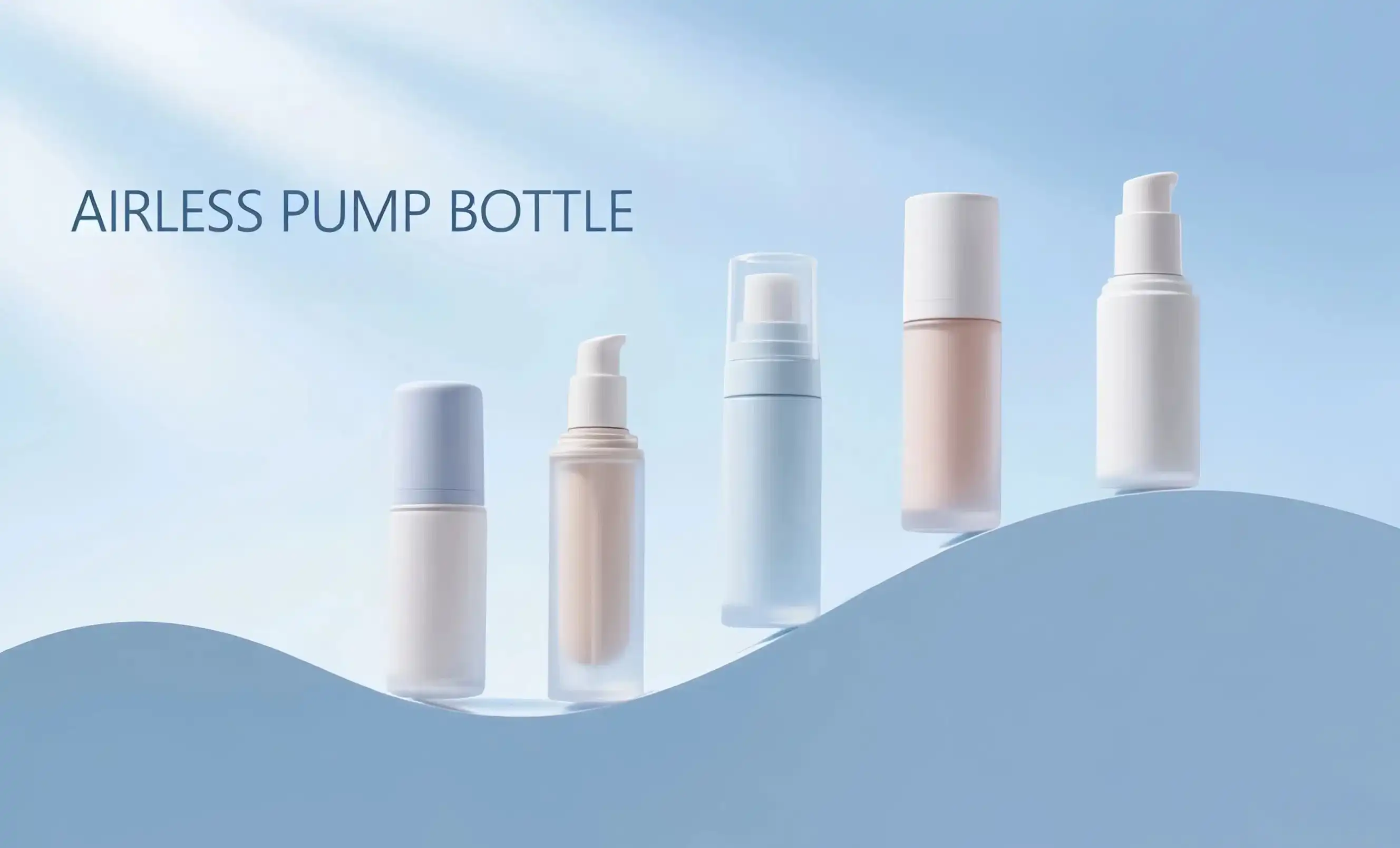Is "Recyclable" Enough? Why Top Brands Are Shifting to Reusable Systems
For years, the term "recyclable" has been synonymous with environmental responsibility in packaging. However, as we delve deeper into sustainability practices, it's becoming clear that recyclability alone may not be sufficient to address our growing environmental challenges. Top beauty brands are recognizing this limitation and are pioneering a shift towards reusable packaging systems.
The Limitations of Recyclable Packaging
While recyclable packaging has its merits, it comes with several drawbacks: 1. Energy-intensive recycling processes 2. Limited number of recycling cycles for most materials 3. Low actual recycling rates due to contamination or lack of proper facilities 4. Continued production of new packaging materials
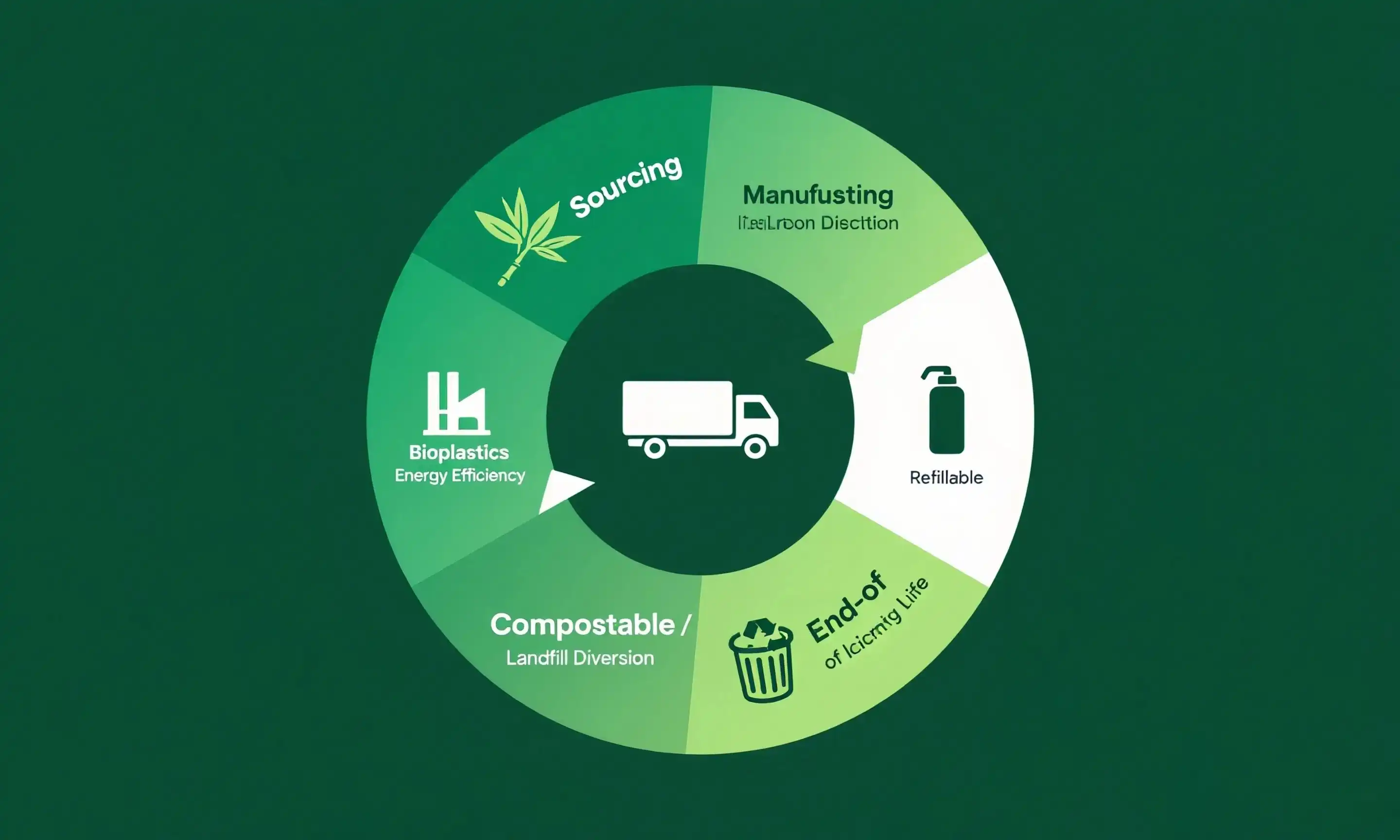
The Rise of Reusable Systems
Reusable packaging addresses these issues by: 1. Reducing the need for continuous production of new containers 2. Minimizing waste generation 3. Lowering the overall environmental impact of packaging 4. Creating a more engaging consumer experience
Leading brands are introducing refill stations, subscription-based replenishment services, and durable packaging designed for multiple uses. These initiatives not only reduce waste but also foster brand loyalty and create new revenue streams. The shift to reusable systems aligns with the growing consumer demand for more sustainable options and demonstrates a brand's commitment to environmental stewardship.
As this trend gains momentum, we're seeing innovative solutions emerge, such as eco-friendly airless bottles that combine sustainability with product preservation. These advanced packaging solutions not only reduce environmental impact but also enhance the efficacy and shelf life of beauty products.
Global regulatory updates: higher green thresholds for brands
After 2024, the compliance requirements for packaging in many international markets have increased significantly, especially in terms of "reusable systems" and "single packaging materials". The following is a summary of key policies:
| Regions | New regulatory focus | Keywords involved |
| EU (EU Packaging and Packaging Waste Regulation) | requires 70% of packaging to be reusable or recyclable by 2030;supports Mono-material, EcoDesign | EU Ecolabel, Cradle to Cradle, Circular Economy |
| US California SB 54 Act | requires packaging to reach 25% reusable or post-consumer recycled content from 2025 | Recycled Plastic,Resource Efficiency |
| Canada Plastic Restriction Regulations | prohibit the use of disposable packaging and promote Refillable systems | Compostability,Bioplastics |
| Japan's "Container Packaging Recycling Law" | has been revised to emphasize that manufacturers are responsible for the End-of-life link and promote the use of sustainable materials | FSC, Aluminum, Paperboard |
Certification Deep Dive: What Really Qualifies as "Circular" Packaging?
As the packaging industry evolves, so do the standards that define truly sustainable practices. The concept of "circular" packaging has emerged as a comprehensive approach to sustainability, going beyond simple recyclability. But what exactly qualifies packaging as circular, and how can brands ensure they meet these new standards?
Understanding Circular Packaging
Circular packaging is designed to be part of a closed-loop system where materials are continuously reused or recycled, minimizing waste and environmental impact. Key aspects include:
- Design for reuse or easy recycling
- Use of recycled or renewable materials
- Reduction of overall material use
- Consideration of the entire lifecycle of the packaging
Certification Standards for Circular Packaging
Several organizations have developed certification standards to help brands and consumers identify truly circular packaging:
- Cradle to Cradle Certified: Assesses products across five categories of sustainability performance
- Ellen MacArthur Foundation's Circular Economy 100 (CE100): Provides a framework for circular design
- Global Recycled Standard (GRS): Verifies recycled content in products
- Forest Stewardship Council (FSC): Certifies responsibly sourced paper and wood products
These certifications evaluate various aspects of packaging, from material sourcing to end-of-life scenarios, ensuring that products labeled as "circular" truly meet rigorous sustainability standards.
Implementing Circular Packaging Strategies
For brands looking to adopt circular packaging, consider the following strategies:
- Collaborate with suppliers who prioritize sustainable materials and processes
- Invest in research and development for innovative, eco-friendly packaging solutions
- Educate consumers on proper disposal and recycling methods
- Establish take-back programs or partnerships with recycling facilities
By embracing these practices and seeking appropriate certifications, brands can ensure their packaging truly qualifies as circular, meeting the growing demand for sustainable beauty products. Innovations like eco-friendly airless bottles are prime examples of how packaging can be both functional and environmentally responsible, aligning with circular economy principles.
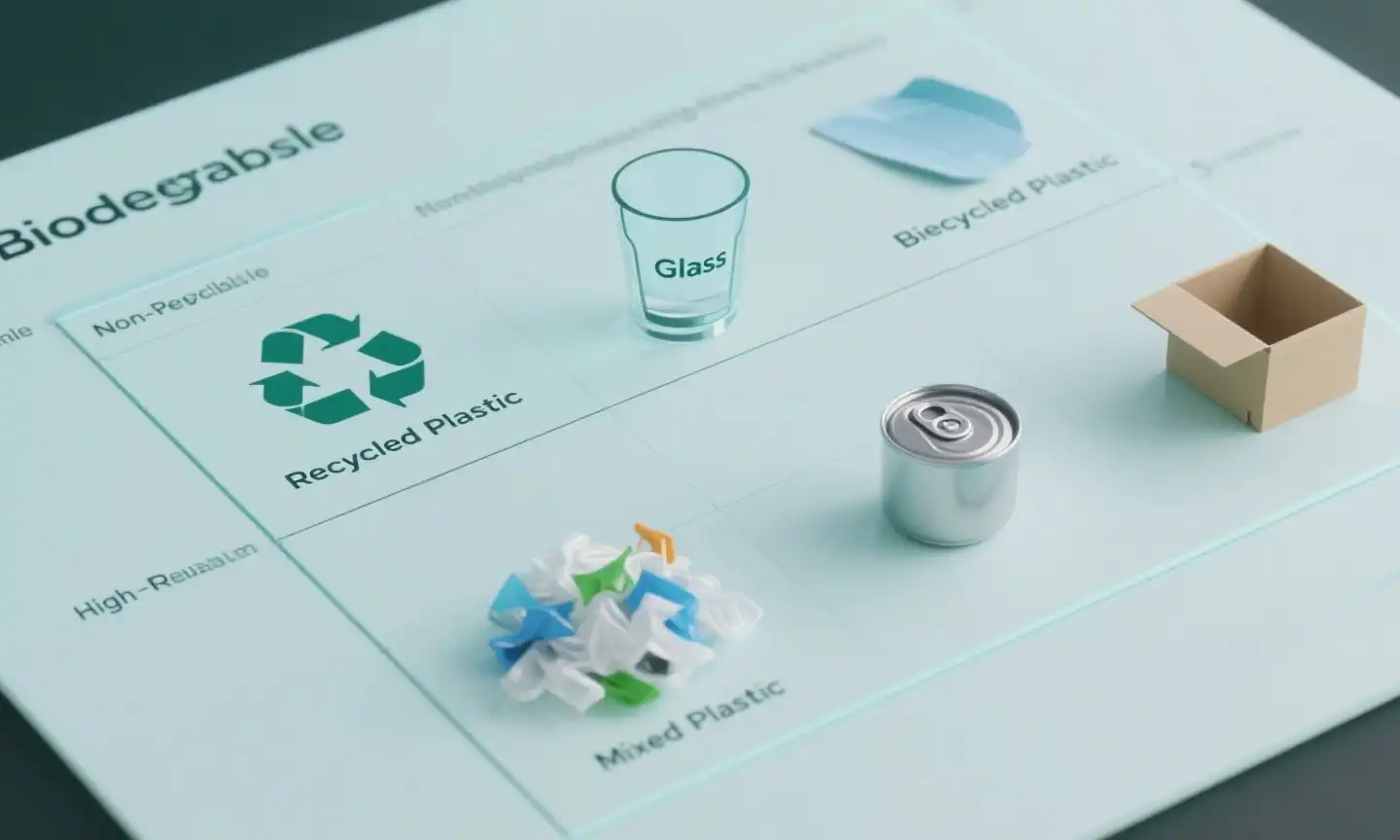
How Reusable Packaging Reduces Waste More Effectively Than Recycling
While recycling has long been touted as a solution to our packaging waste problem, reusable packaging is emerging as a more effective approach to waste reduction. Let's examine how reusable systems outperform traditional recycling in minimizing environmental impact.
The Efficiency of Reusable Packaging
Reusable packaging offers several advantages over recyclable options:
- Extended Product Lifecycle: Reusable containers are designed for durability, lasting through multiple use cycles.
- Resource Conservation: By reusing packaging, we reduce the need for raw materials and energy required for production.
- Waste Reduction at Source: Reusable systems prevent waste creation rather than managing waste after it's produced.
- Lower Carbon Footprint: Fewer production cycles mean reduced transportation and processing emissions.
Challenges of Recycling
While recycling is beneficial, it faces several challenges:
- Contamination: Many recyclables end up in landfills due to contamination.
- Downcycling: Often, recycled materials are used for lower-quality products, not maintaining their original value.
- Energy Intensive: The recycling process itself requires significant energy.
- Limited Cycles: Most materials can only be recycled a finite number of times before losing quality.
Reusable Packaging in Action
Innovative brands are implementing reusable packaging in various ways:
- Refill Stations: In-store refill options for products like shampoo, lotion, and cosmetics.
- Subscription Services: Regular product refills in reusable containers delivered to customers.
- Deposit Systems: Incentivizing the return of packaging for cleaning and reuse.
- Durable Design: Creating packaging that serves a secondary purpose after product use.
These systems not only reduce waste but also create unique customer experiences and brand loyalty opportunities. The adoption of eco-friendly airless bottles in these reusable systems further enhances their effectiveness, combining sustainability with product protection and ease of use.
By shifting focus from recyclability to reusability, brands can make a more significant impact on waste reduction. This approach not only addresses environmental concerns but also offers potential cost savings and improved customer engagement in the long run.
Conclusion
The transition from "recyclable" to "reusable" packaging marks a significant milestone in the beauty industry's journey towards true sustainability. As we've explored, reusable systems offer numerous advantages over traditional recycling, from more effective waste reduction to creating engaging consumer experiences. The adoption of circular packaging principles, backed by rigorous certification standards, ensures that brands are making genuine strides in environmental stewardship.
Are you ready to revolutionize your packaging strategy and lead the way in sustainable beauty? Topfeelpack offers cutting-edge solutions tailored to meet the evolving needs of the cosmetics industry. Our advanced airless bottles are designed to prevent air exposure, maintaining product effectiveness while ensuring a longer shelf life. With our commitment to sustainable materials, energy efficiency, and waste reduction, we're your ideal partner in creating truly green packaging solutions.
Whether you're a high-end skincare brand, a trendy makeup line, or a professional OEM/ODM factory, Topfeelpack has the expertise and flexibility to meet your unique requirements. From fast customization and competitive pricing to rapid delivery and custom solutions, we're equipped to support your sustainability goals without compromising on quality or design.
Take the first step towards a more sustainable future for your brand. Contact us at pack@topfeelgroup.com to learn more about our eco-friendly airless bottles and how we can help you transition to reusable, environmentally responsible packaging solutions. Together, we can set new standards for true green packaging in the beauty industry.
References
- Ellen MacArthur Foundation. (2022). The New Plastics Economy: Rethinking the future of plastics.
- World Economic Forum. (2023). The Future of Reusable Packaging: A Guide for Business Decision-Makers.
- Sustainable Packaging Coalition. (2023). Reusable Packaging Systems: Opportunities and Challenges in the Beauty Industry.
- Journal of Cleaner Production. (2022). Life Cycle Assessment of Reusable vs. Single-Use Packaging in the Cosmetics Sector.
- McKinsey & Company. (2023). The State of Fashion: Sustainability in Beauty Packaging.
- Circular Economy Journal. (2023). From Recyclable to Reusable: Transforming Packaging in the Personal Care Industry.
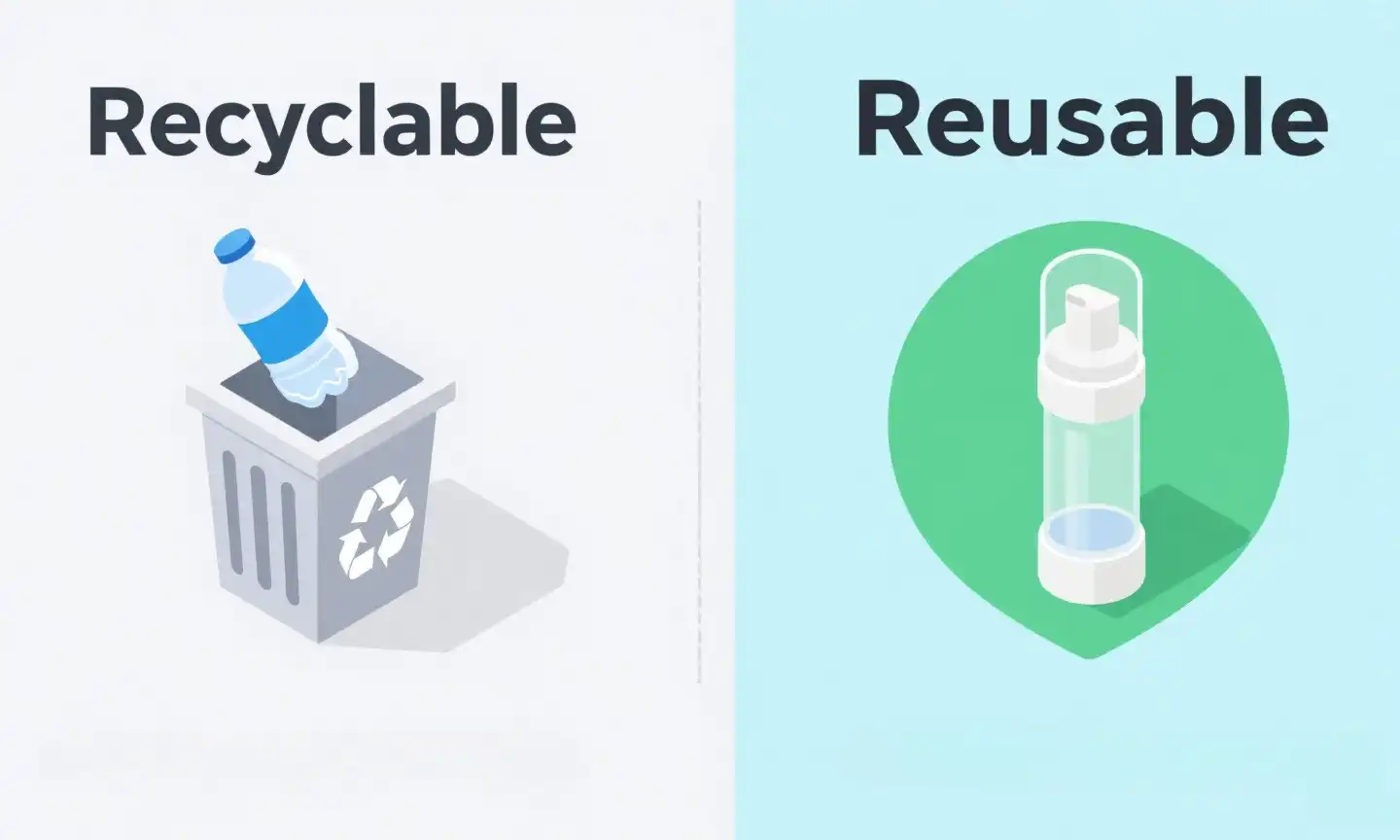

 - 副本_1745399213966.webp)
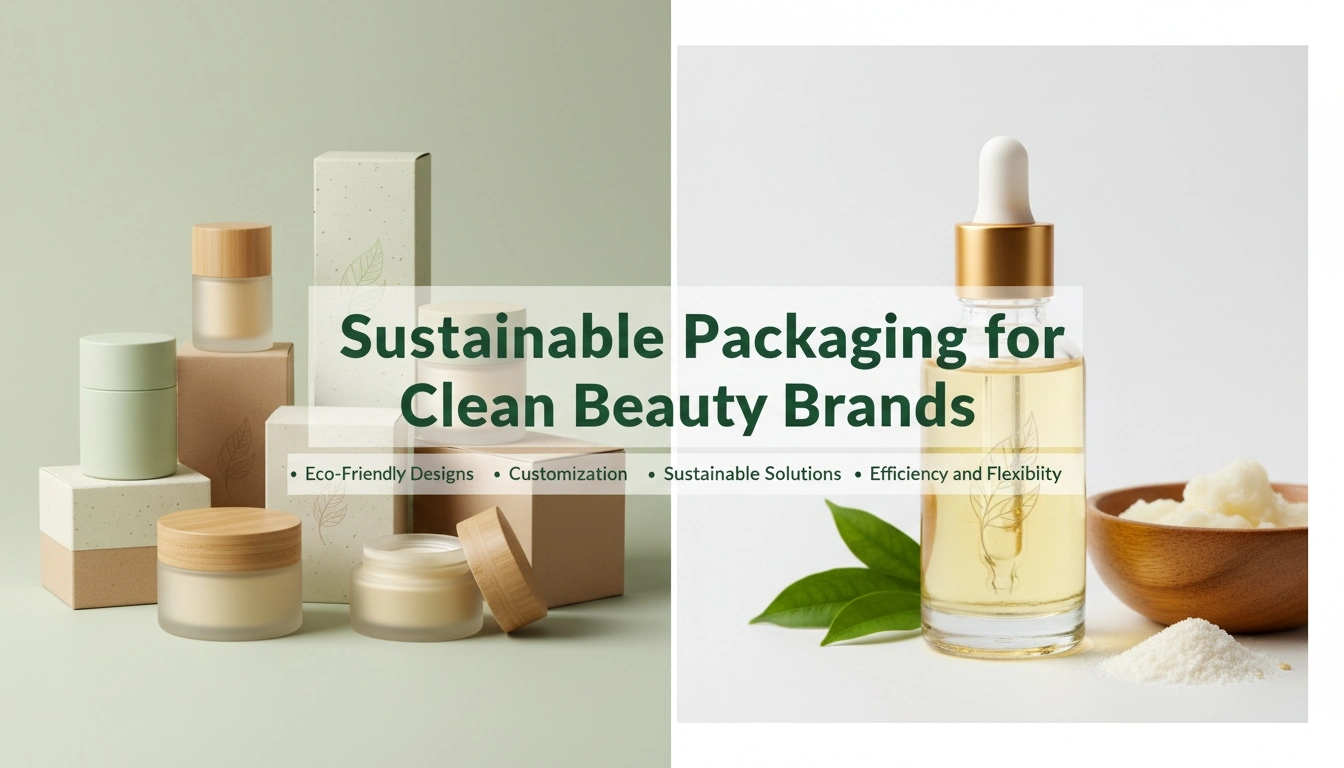
_1747827716538.webp)
